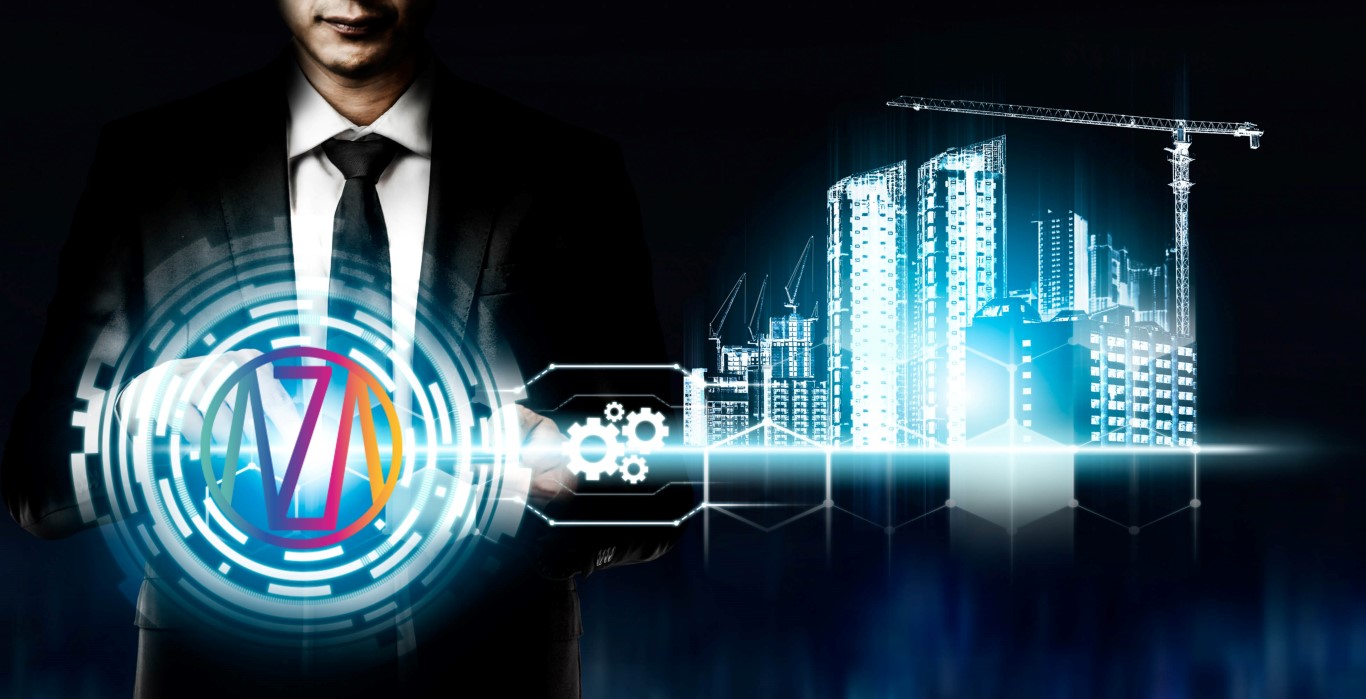
New opportunities are emerging as we move toward a decentralized economy. Physical products and non-fungible assets that are represented by tokens on a blockchain are being added to digital business models, releasing trillions of euros in illiquid assets and generating revenue streams. The introduction of tokenization has fundamentally altered how we invest and raise capital. Kaliza, a pioneer in the field of decentralized economics, which is a logical extension of decentralized finance, is a perfect illustration of how tokenization is affecting the world around us.
Although, before discussing Kaliza’s numerous breakthroughs, it is necessary to define tokenization and explain why it is a natural progression for the financial and commercial sector as a whole.
Tokenization is the process of creating blockchain-based tokens that may be exchanged, stored, and transferred digitally. These tokens reside on the blockchain, operate as a store of value, and bear the rights of the assets they represent, while the real-world assets they represent remain “off-chain.”
We can now use blockchain technology to tokenize physical assets, bringing liquidity to groups that have hitherto been underserved by capital. The most fascinating feature of tokenization is that it is being driven by us in order to democratize some kinds of economic activity, and that it will also level the playing field for our macroeconomy by adding resources that have hitherto been used without visible price tags. Finally, a blockchain-based token will always be able to transmit more rules than a traditional share or stake in an asset or process. To put it another way, the money, the means of production, and the (more or less creative) ways to manage them may all become one.
Moreover, investment barriers might be exceedingly high in the traditional financial industry. Consider the amount of money needed to purchase a piece of real estate or a work of art. We can decrease the minimum investment requirement with tokenization, allowing even tiny retail investors to diversify their portfolios and access formerly exclusive markets that were only accessible to major investors and well beyond their grasp.
It should also be noted that traditional illiquid assets may unleash their liquid potential and become tradable on secondary markets through fractional ownership, allowing a wider range of investors to participate in the ecosystem.
Traceability and transparency are one of the most exclusive features of tokenized assets since these assets provide an immutable record of ownership. Each record is kept on an immutable shared ledger that keeps track of all activities conducted on a given asset. This guarantees that all parties involved have a clear picture of the most recent ownership records ledger.
We can tokenize a wide range of assets, including real estate, art, commodities, and even virtual assets like stocks. According to research and surveys from organizations such as the World Economic Forum (WEF) and Deloitte, the tokenization of both digital and physical assets will drive a large portion of our future economy, with the business value-add of blockchain growing to slightly more than $176 billion by 2025 and exceeding $3.1 trillion by 2030. A great example of the diversity of goods able to get tokenized is Kaliza, a pioneer in decentralized economics.
Their ecosystem is radically changing the concept of ownership as a whole, with their platform Kalizapad being the first one to offer investment opportunities in a variety of areas, including NFT, real estate, car, art, farming, and so on. $AZA is a token for Kaliza’s platform, which allows users to make real-world investments with ease. Their objective is to democratize access to investment opportunities that have been carefully selected by a team of experts. The majority of current properties are governed by paper documents. Kaliza’s AZA tokens, a novel method for asset ownership based on the blockchain, will replace those conventional deeds.
The benefits of tokenization outlined above are clearly applicable to investment options that are inherently illiquid. At the same time, asset tokenization is excellent in circumstances where illiquid assets might benefit from improved transparency and efficiency as well as lower minimum investment requirements. Real estate and the fine art market are two significant industries that have explored the implementation of tokenized assets.
However, there are no restrictions on the sorts of assets that may be tokenized, as Kaliza’s vast catalog of tokenized commodities and services demonstrates. You may tokenize a variety of assets, such as real estate and art, as well as commodities and virtual assets such as securities. According to a thorough study report by the World Economic Forum and Deloitte, tokenization of digital and physical assets will account for a significant share of the future economy.
While asset tokenization has the potential to disintermediate many conventional actors in principle, in practice, the path to digital tokenization will be strongly reliant on gradual progress and collaboration with established, trusted ecosystem participants. Trust is the most critical aspect in fostering evolving adoption. When an investor buys a tokenized asset, they have to believe that the digital token represents a genuine asset that can be exchanged and redeemed for the underlying asset. Purchasing tokens from or through respectable institutions that give a realistic business strategy and vision for the token’s future allows investors to distinguish between scam tokens and those that have real-world worth. Kaliza’s comprehensive vision and business strategy and vision can be found at: https://linktr.ee/kaliza .
In fine, it is clearly apparent that tokenization will have a positive influence on the development of the future economy of everything. The increasing digital wave is gradually forcing practically every real-world action to be carried out on digital platforms. As a result, tokenizing real-world assets might bring assets to the digital platform with improved chances of attracting additional users. The fundamental tenets for the continuous use of asset tokenization solutions will be transparency, security, and efficiency.
